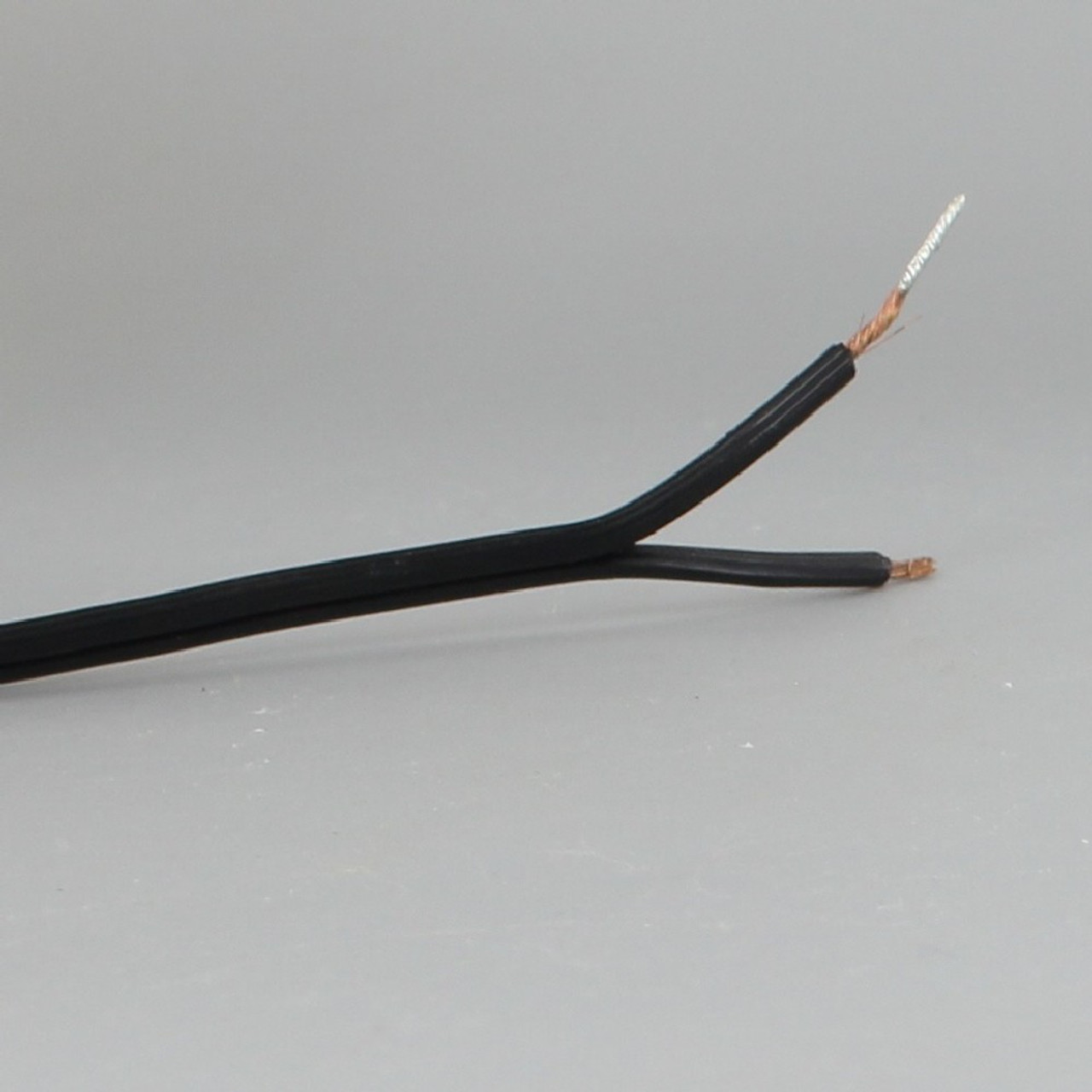

Articles
Which Side Of Electrical Cord Is Hot
Modified: October 20, 2024
Discover which side of an electrical cord is hot with this informative article. Learn how to identify the hot and neutral wires for safe electrical connections.
(Many of the links in this article redirect to a specific reviewed product. Your purchase of these products through affiliate links helps to generate commission for Storables.com, at no extra cost. Learn more)
Introduction
When it comes to electrical cords, understanding their properties and how they function is essential for safety and proper usage. One common question that arises is which side of an electrical cord is considered “hot.” In this article, we will delve into the concept of electrical polarity and discuss how to identify the hot and neutral wires in an electrical cord.
Electrical cords are a ubiquitous part of our modern lives. From powering our electronic devices to providing electricity for appliances, cords play a vital role in our daily routines. But understanding the electrical properties of these cords is crucial for safe and effective usage.
Before we dive into the topic of which side of an electrical cord is hot, let’s first clarify what we mean by “hot” in the context of electrical cords. In electricity, the term “hot” refers to a wire carrying an electrical current. It is the active wire that provides power to the connected device or appliance.
On the other hand, the term “neutral” in electricity refers to the wire that completes the electrical circuit. It serves as a pathway for the electrical current to return to the power source, typically a power outlet or a transformer.
Understanding these basic definitions is essential for grasping the concept of electrical polarity.
Key Takeaways:
- Understanding electrical polarity is crucial for safe usage of electrical cords. Identifying the hot wire, handling it with caution, and ensuring proper connections are essential for preventing electrical hazards.
- Properly identifying and handling hot and neutral wires is crucial for safe electrical connections. Following color coding, markings, and safety guidelines ensures safe and effective usage of electrical cords.
Read more: Which Wire Is Hot On A Lamp Cord
What Does “Hot” Mean in the Context of Electrical Cords?
When it comes to electrical cords, the term “hot” has a specific meaning in the context of electricity. In simple terms, the “hot” wire in an electrical cord is the wire that carries the electrical current from the power source to the connected device or appliance.
The term “hot” is used because this wire is under high electrical potential and can deliver a shock if not handled properly. It is important to note that the “hot” wire should always be handled with caution and kept away from any conductive surfaces or objects.
To ensure safety, electrical cords are designed with specific color codes to identify the hot wire. In most cases, the hot wire is colored black or red, while the neutral wire is typically white or gray. However, it is important to note that color coding may vary depending on local regulations or specific wiring standards.
Identifying the hot wire is crucial when connecting electrical cords to power outlets or appliances. A simple mistake of swapping the hot and neutral wires can have serious consequences, such as equipment damage or electrical hazards.
It is also important to mention that electrical cords can have a ground wire in addition to the hot and neutral wires. The ground wire provides a path for electrical faults to safely dissipate into the ground, protecting both the user and the equipment. The ground wire is typically colored green or bare copper, and it should always be securely connected to ground terminals or grounding conductors.
To summarize, in the context of electrical cords, the term “hot” refers to the wire that carries the electrical current from the power source to the device. It is important to handle the hot wire with caution and always ensure proper connection to avoid any electrical hazards.
Understanding Electrical Polarity
Electrical polarity is a fundamental concept in the world of electricity. It refers to the positive (+) and negative (-) charges present in an electrical circuit. Understanding electrical polarity is crucial when dealing with electrical cords, as it determines the direction of the electrical current flowing through the circuit.
In an electrical circuit, polarity is determined by the design of the power source and the wiring system. The power source, such as a power outlet or a battery, provides the electrical energy necessary for the circuit to function. It has two terminals: the positive terminal (+) and the negative terminal (-).
Electrical cords, on the other hand, are designed with two main wires: the hot wire and the neutral wire. The hot wire carries the electrical current from the power source to the device, while the neutral wire provides a pathway for the current to return back to the power source.
Proper electrical polarity ensures that the electrical current flows in the intended direction through the circuit. This is important for the safe and efficient operation of electrical devices and appliances. Swapping the hot and neutral wires can result in reversed polarity, which can lead to equipment malfunction or even electrical hazards.
To ensure correct electrical polarity, it is recommended to use polarized plugs and outlets. These are designed with one prong wider than the other, allowing for proper alignment with the hot and neutral wires. This design prevents the possibility of reversing the electrical polarity when connecting devices.
It is worth noting that not all electrical cords and devices are polarized. Some devices, such as lamps or certain electronic gadgets, may have non-polarized cords with identical prongs. In such cases, the electrical polarity is not a concern, as the device itself is designed to work regardless of the plug’s orientation.
In summary, understanding electrical polarity is crucial when working with electrical cords. By ensuring proper alignment of the hot and neutral wires, we can maintain the correct flow of electrical current through the circuit, contributing to safe and efficient operation of devices and appliances.
Which Side of an Electrical Cord is Hot?
Now that we have established the concept of electrical polarity, we can dive deeper into which side of an electrical cord is considered “hot.” In a typical electrical cord, you will find three main wires: the hot wire, the neutral wire, and the ground wire.
The hot wire, as mentioned before, is the wire that carries the electrical current from the power source to the device or appliance. It is typically colored black or red, but remember that color coding can vary depending on local regulations or wiring standards. The hot wire is the one that needs to be handled with caution, as it carries the potentially dangerous electrical current.
The neutral wire, on the other hand, completes the electrical circuit by providing a pathway for the current to return to the power source. It is usually colored white or gray and is considered to be at or near ground potential. The neutral wire is generally safe to touch, but it’s important to avoid any contact with the hot wire to prevent the risk of electric shock.
Lastly, the ground wire is a safety feature designed to protect against electrical faults. It acts as a pathway for electrical faults to safely dissipate into the ground. The ground wire is typically colored green or bare copper and should always be securely connected to grounding terminals or conductors to ensure electrical safety.
So, which side of the electrical cord is considered “hot”? The answer is the side that connects to the hot wire. Usually, electrical cords have a plug at one end and a socket or connector at the other. The prong or pin that connects to the hot wire is the side that should be handled with caution.
When inserting an electrical cord into a power outlet, ensure that the prong or pin connected to the hot wire goes into the corresponding slot meant for the hot wire in the outlet. This ensures that the electrical current flows in the correct direction and that the device or appliance receives the power it needs to operate safely and effectively.
Remember, always exercise caution when handling electrical cords and avoid contact with the hot wire to prevent the risk of electric shock. It is also important to inspect cords regularly for any signs of damage and replace them if necessary to maintain electrical safety.
The side of the electrical cord with the smooth, flat prong is the hot side. The other side with the ribbed or grooved prong is the neutral side. Always use caution when handling electrical cords.
Identifying the Hot and Neutral Wires
Properly identifying the hot and neutral wires in an electrical cord is essential to ensure safe and correct electrical connections. Here are a few methods you can use to identify these wires:
1. Color Coding: In most electrical cords, the hot wire is colored black or red, while the neutral wire is usually white or gray. This color coding provides a visual indication of which wire is which. However, it is important to note that color coding may vary depending on local regulations or specific wiring standards. So, always double-check the color coding before making any connections.
2. Markings or Ribbing: In some cases, electrical cords may have markings or ribbing to differentiate the hot and neutral wires. These markings can be in the form of raised ridges, lines, or even text printed on the cord’s insulation. The hot wire may have a solid marking or a distinct pattern, while the neutral wire may be unmarked or have a different pattern.
3. Testing with a Multimeter: If you are unsure about the color coding or markings on the cord, you can use a multimeter to identify the hot and neutral wires. Set the multimeter to measure AC voltage and place one probe on one side of the cord and the other probe on the other side. The wire that shows a voltage reading indicates the hot wire, while the one that shows no voltage or a very low reading is the neutral wire.
4. Consult Manufacturer Documentation: If you still have doubts about which wire is hot and which is neutral, you can refer to the manufacturer’s documentation or the labeling on the device or appliance you are connecting the cord to. The documentation should provide clear instructions on how to identify and connect the wires correctly.
It is crucial to identify the hot and neutral wires accurately for safe and effective electrical connections. Connecting the wires incorrectly can result in equipment damage, electrical hazards, or malfunctions. Therefore, take the time to properly identify the wires using one or combination of the methods mentioned above.
Additionally, it is worth mentioning that not all electrical cords may have color-coded or marked wires. Non-polarized cords, as mentioned earlier, have identical prongs and can be plugged in either way. In such cases, the position of the wires does not matter as long you have a reliable power source and proper grounding.
Remember, if you are uncertain or uncomfortable with identifying the wires yourself, it is advisable to seek assistance from a qualified electrician who can ensure that the connections are made correctly and safely.
Read more: Which Side Of The Sink Has Hot Water
Ensuring Proper Electrical Cord Usage
Using electrical cords safely and effectively is crucial to prevent accidents, equipment damage, and electrical hazards. Here are some essential tips to ensure proper electrical cord usage:
1. Choose the Right Cord: Select an electrical cord that is appropriate for the intended use. Consider factors such as the voltage rating, wire gauge, and length of the cord. Using cords that are not suitable for the specific application can lead to overheating, meltdowns, or even fires.
2. Inspect for Damage: Before using an electrical cord, inspect it thoroughly for any signs of damage, such as frayed or exposed wires, cracked insulation, or broken plugs. Damaged cords should not be used as they can pose serious safety hazards. Replace any damaged cords as soon as possible.
3. Use the Correct Length: Avoid using excessively long cords as they can increase the risk of tangling, tripping, or getting snagged on objects. On the other hand, using cords that are too short may put strain on the connections and lead to damage. Choose an appropriate cord length that allows for easy and safe use.
4. Do Not Overload: Be mindful of the devices and appliances you are connecting to an electrical cord. Overloading the cord by plugging in multiple high-powered devices can lead to overheating or circuit overloads. Refer to the manufacturer’s guidelines or consult an electrician to ensure you are safely operating within the cord’s capacity.
5. Proper Storage: When not in use, store electrical cords in a cool, dry place to prevent damage. Avoid tightly coiling or bending cords, as this can cause them to develop kinks and weaken the wires. Using cord reels or organizing clips can help keep cords tangle-free and easier to handle.
6. Disconnect Safely: When unplugging an electrical cord, always grip the plug firmly and pull it straight out from the outlet. Avoid yanking or pulling on the cord, as this can damage the plug or create stress at the connection points. Pulling the cord instead of the plug can also expose you to the risk of electric shock.
7. Outdoor Usage: If using electrical cords outdoors, make sure they are specifically designed for outdoor use. These cords are usually more resistant to moisture, UV rays, and other outdoor elements. Ensure that the connections are protected from water and do not create trip hazards.
8. Grounding: If your electrical cord has a ground wire, make sure it is properly connected to grounding terminals or conductors. The ground wire provides an additional level of safety by preventing electrical shocks and dissipating faults. Never attempt to remove the grounding prong from the plug.
9. Keep Away from Heat Sources: Avoid placing electrical cords near heat sources or routing them through areas where they may come into contact with hot surfaces. High temperatures can damage the insulation and wires, increasing the risk of fire or electrical failure.
10. Seek Professional Help: If you are unsure about any aspect of electrical cord usage or if you need to make complex connections, it is always best to consult a qualified electrician. They can provide expert advice and ensure that your electrical setup is safe, compliant, and in accordance with local regulations.
By following these guidelines, you can ensure the safe and effective usage of electrical cords, minimizing the risk of accidents and promoting electrical safety in your home or workplace.
Conclusion
Electrical cords play a crucial role in our modern lives, providing the power necessary to run our devices and appliances. Understanding the properties and proper usage of electrical cords is essential for safety and efficiency. By recognizing the concept of electrical polarity, we can identify the hot and neutral wires in an electrical cord.
Knowing which side of an electrical cord is hot, usually indicated by color coding or markings, helps us make the correct connections and ensure the safe flow of electrical current. Properly identifying and handling the hot wire reduces the risk of electric shock and equipment damage.
Alongside the hot wire, the neutral wire completes the electrical circuit, providing a safe return path for the current. The ground wire provides an additional safety measure, protecting against electrical faults and dissipating them into the ground.
When using electrical cords, it is crucial to choose the right cord for the application, inspect it for damage, and avoid overloading it. Proper storage, safe disconnection, and following guidelines for outdoor usage are also essential to maintain electrical safety.
When in doubt, always consult professionals, such as electricians, who can ensure that electrical systems and connections are installed correctly and meet safety standards.
By understanding and implementing these guidelines, we can use electrical cords confidently and responsibly, promoting a safe and efficient environment in our homes and workplaces.
Remember, taking the time to understand electrical cords and their proper usage is a small investment that can yield significant safety benefits.
Frequently Asked Questions about Which Side Of Electrical Cord Is Hot
Was this page helpful?
At Storables.com, we guarantee accurate and reliable information. Our content, validated by Expert Board Contributors, is crafted following stringent Editorial Policies. We're committed to providing you with well-researched, expert-backed insights for all your informational needs.
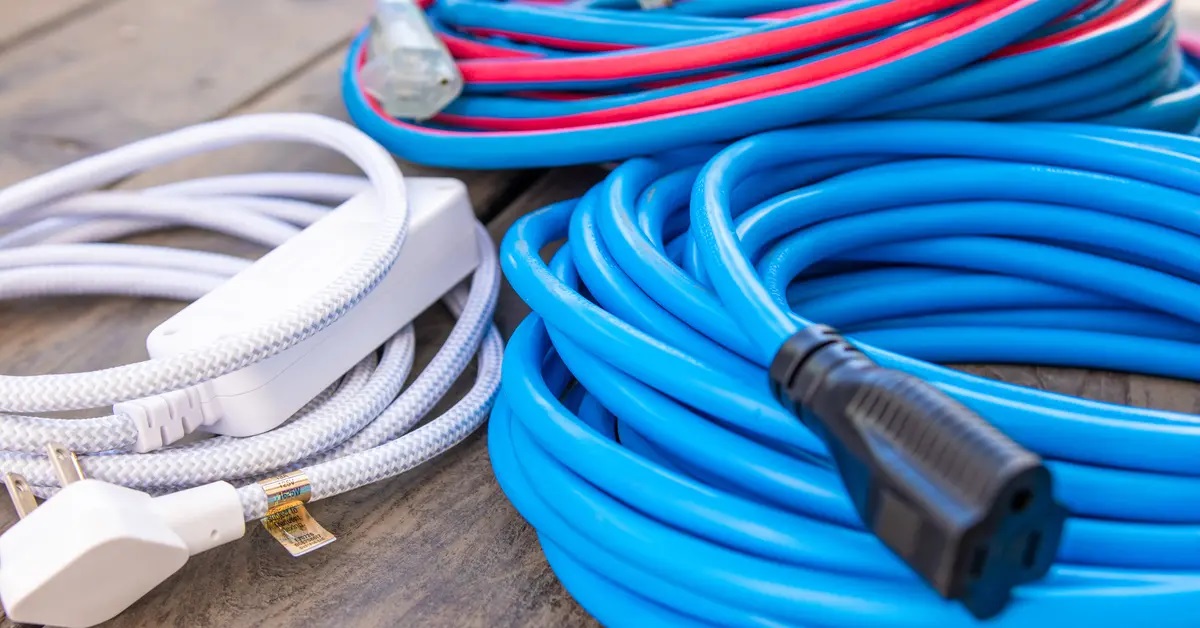
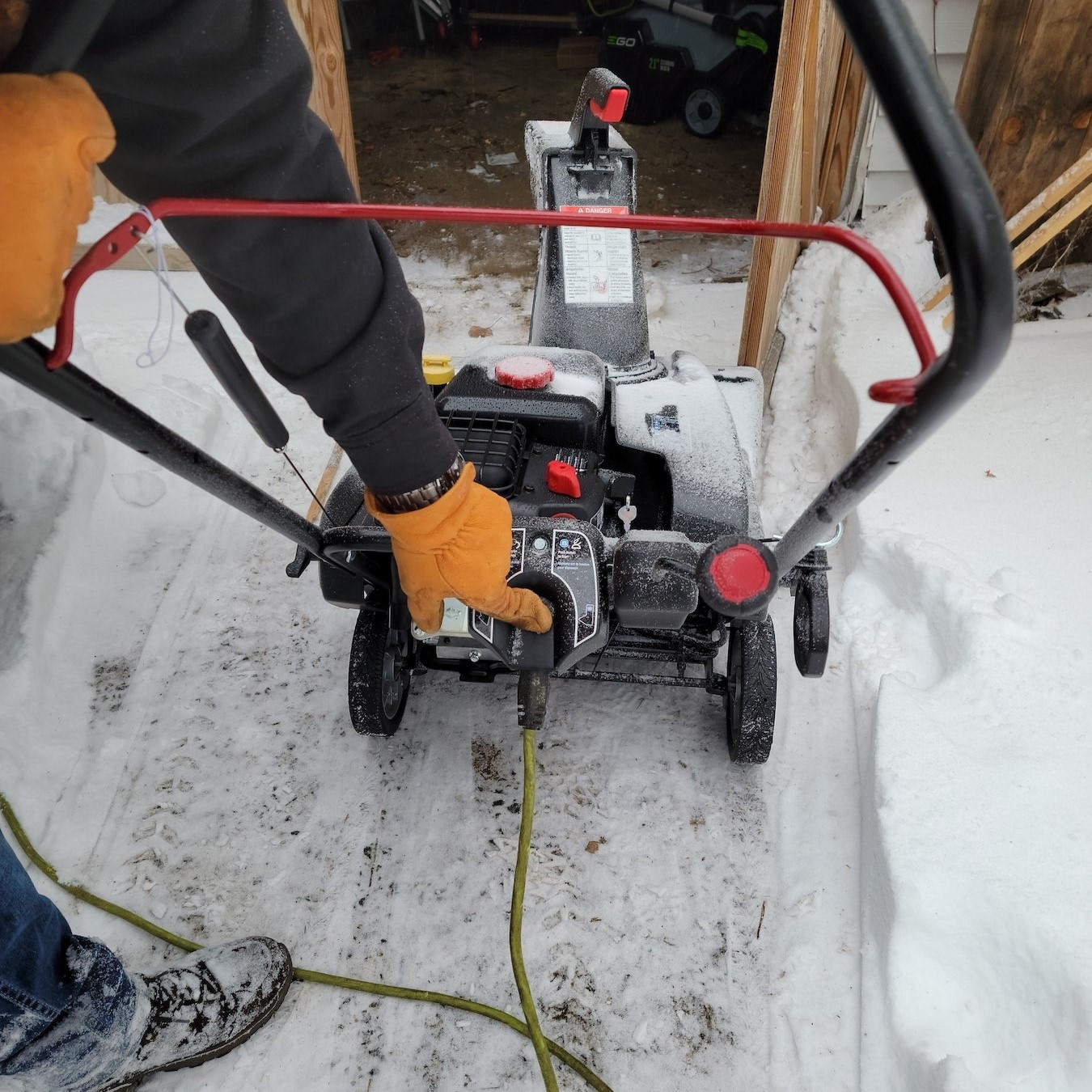
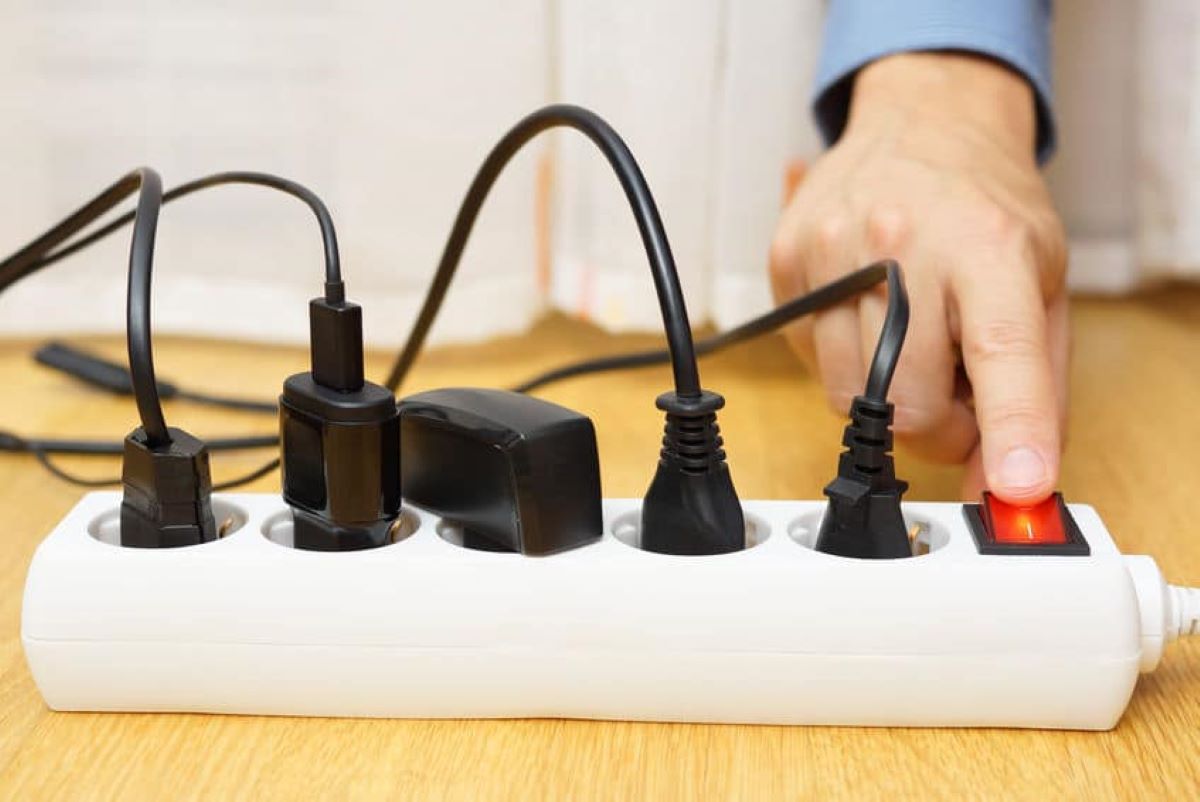
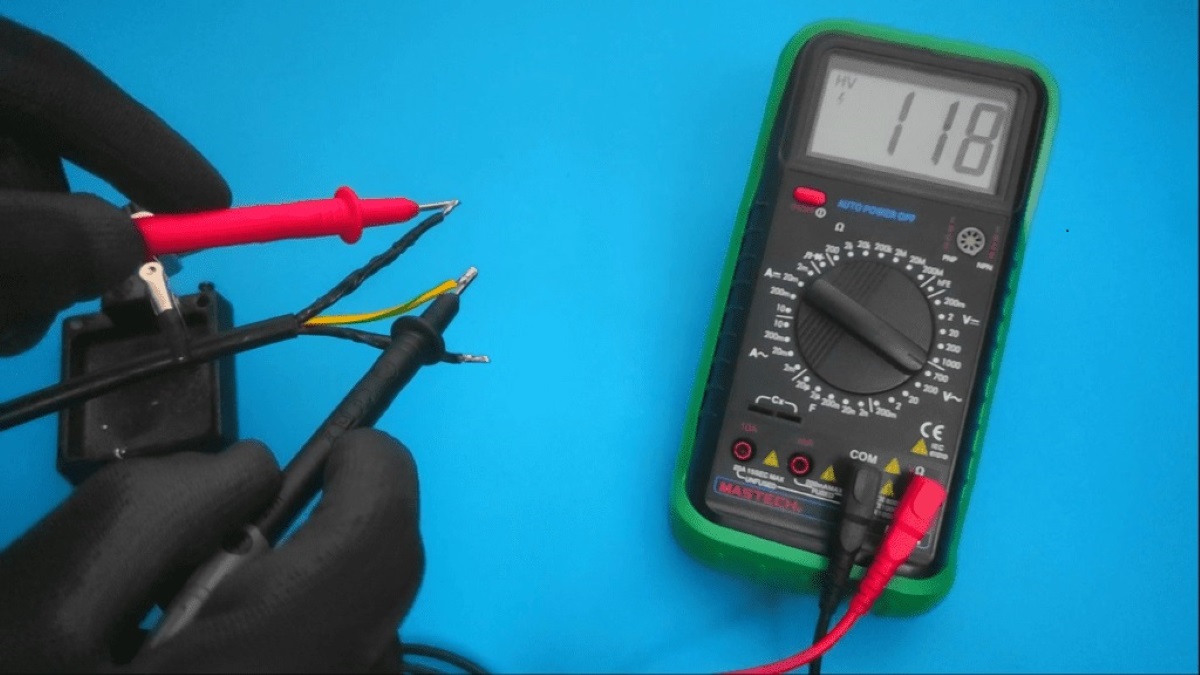
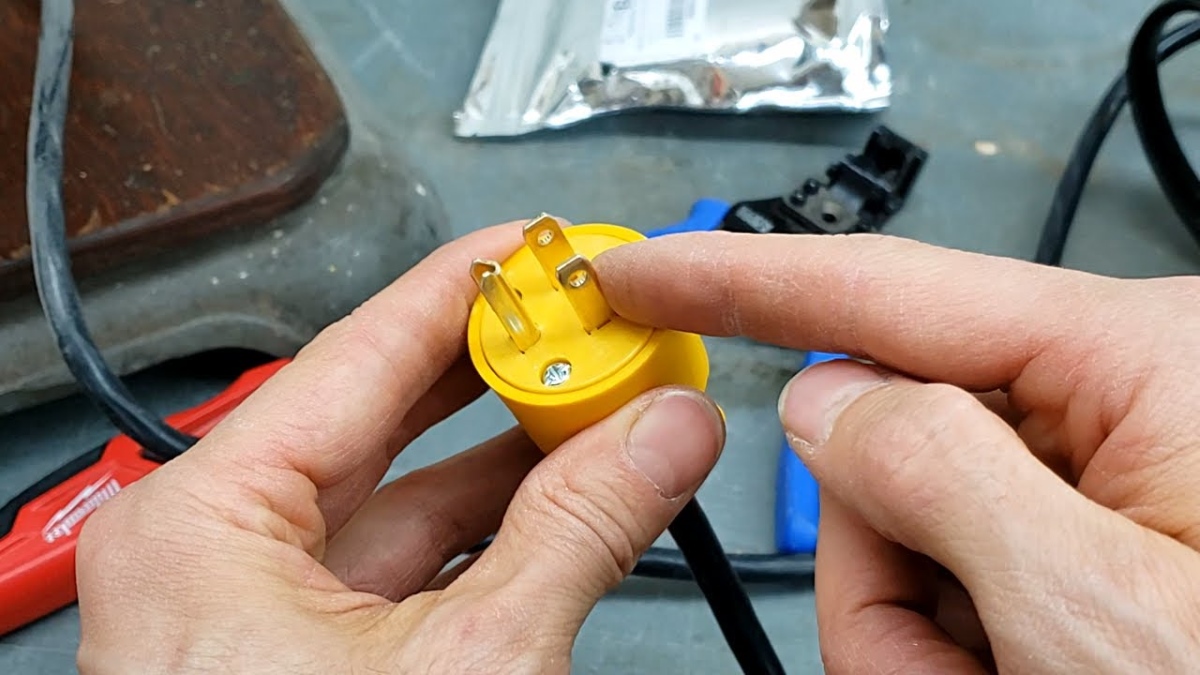
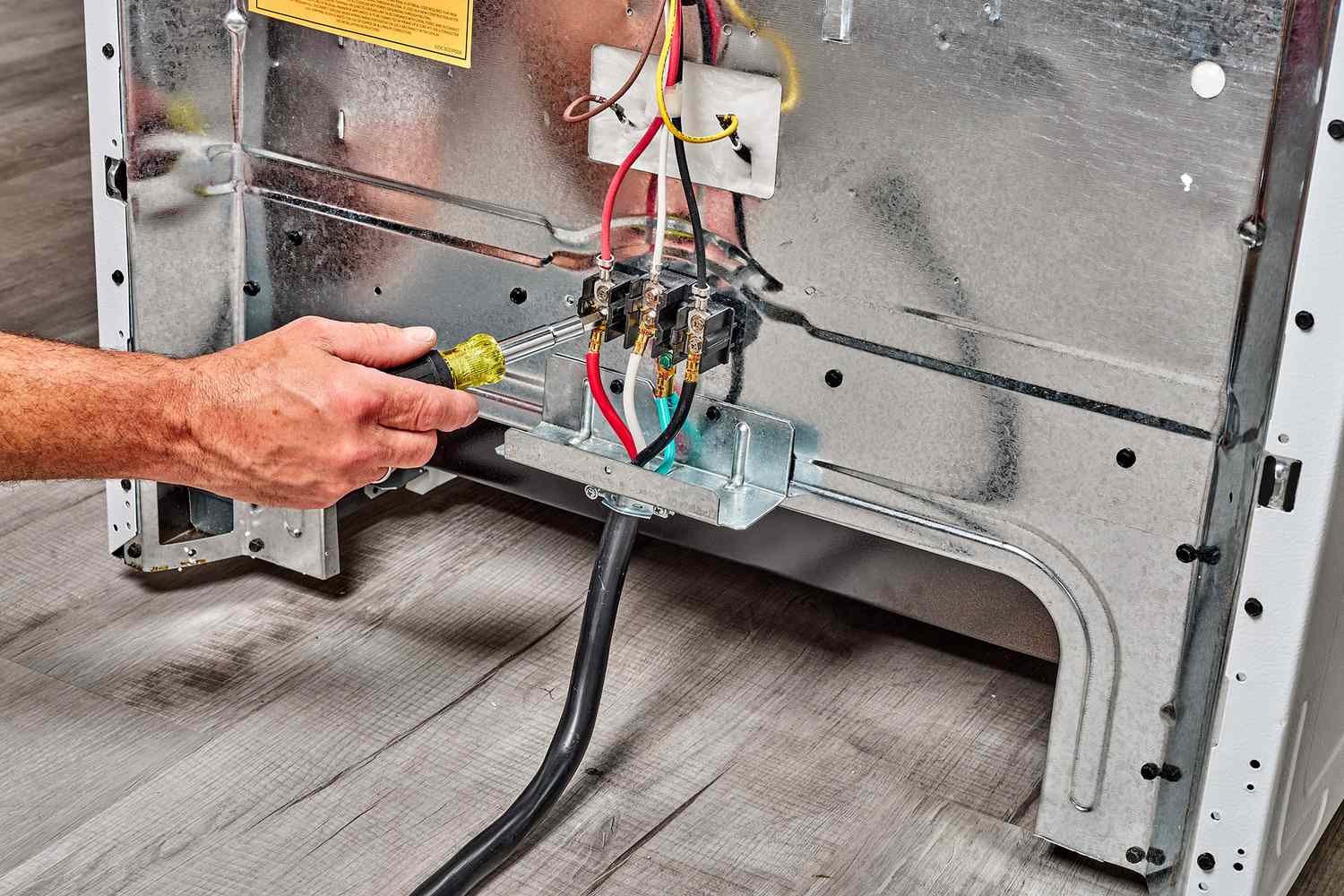
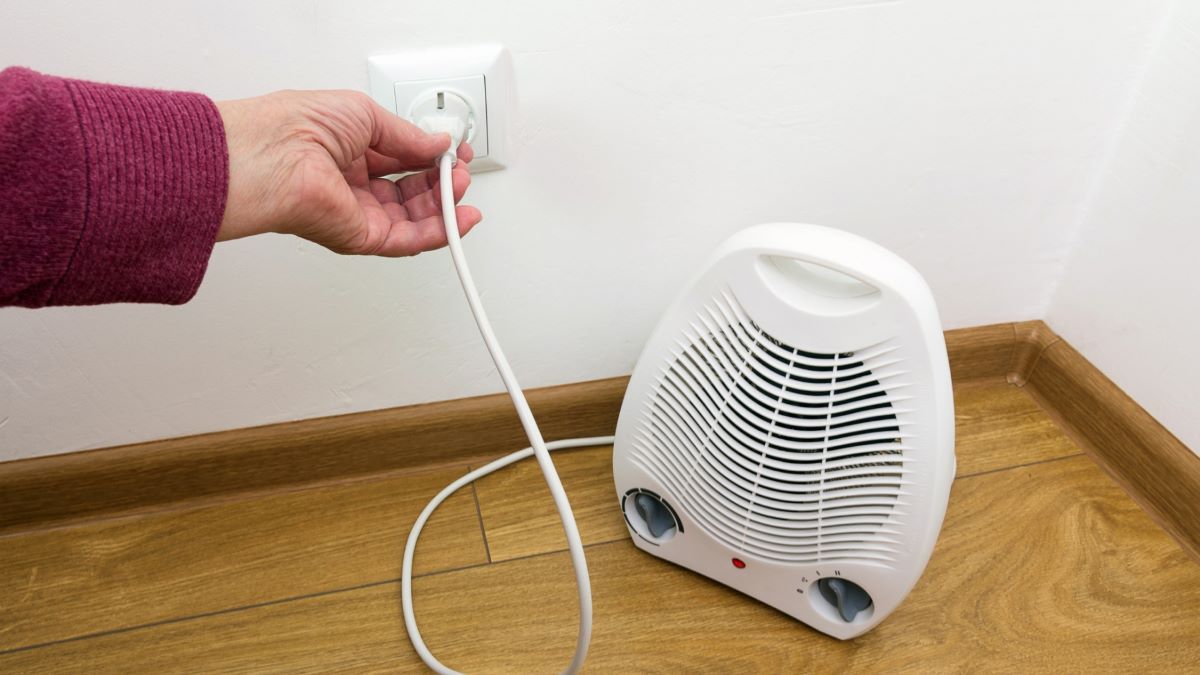

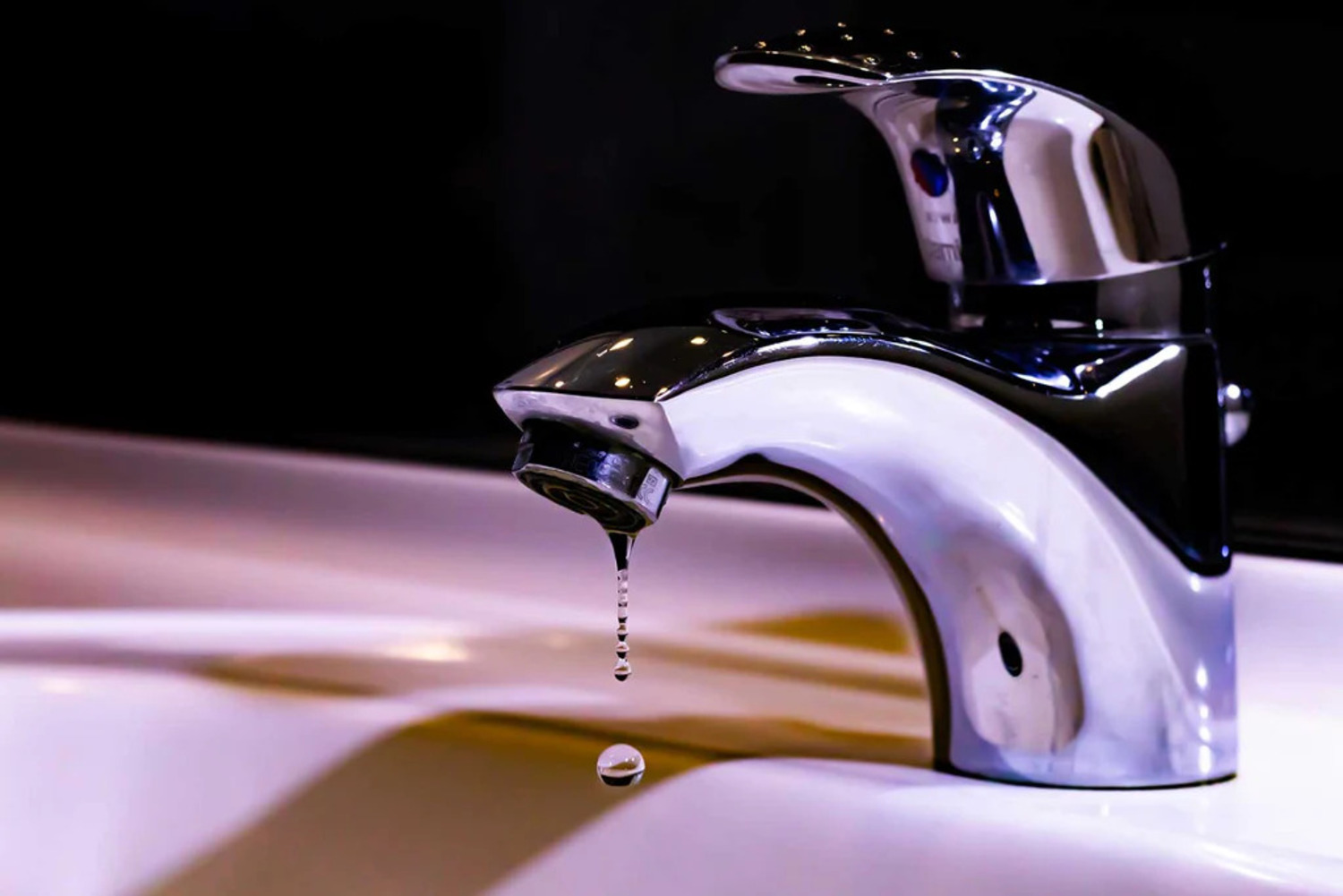
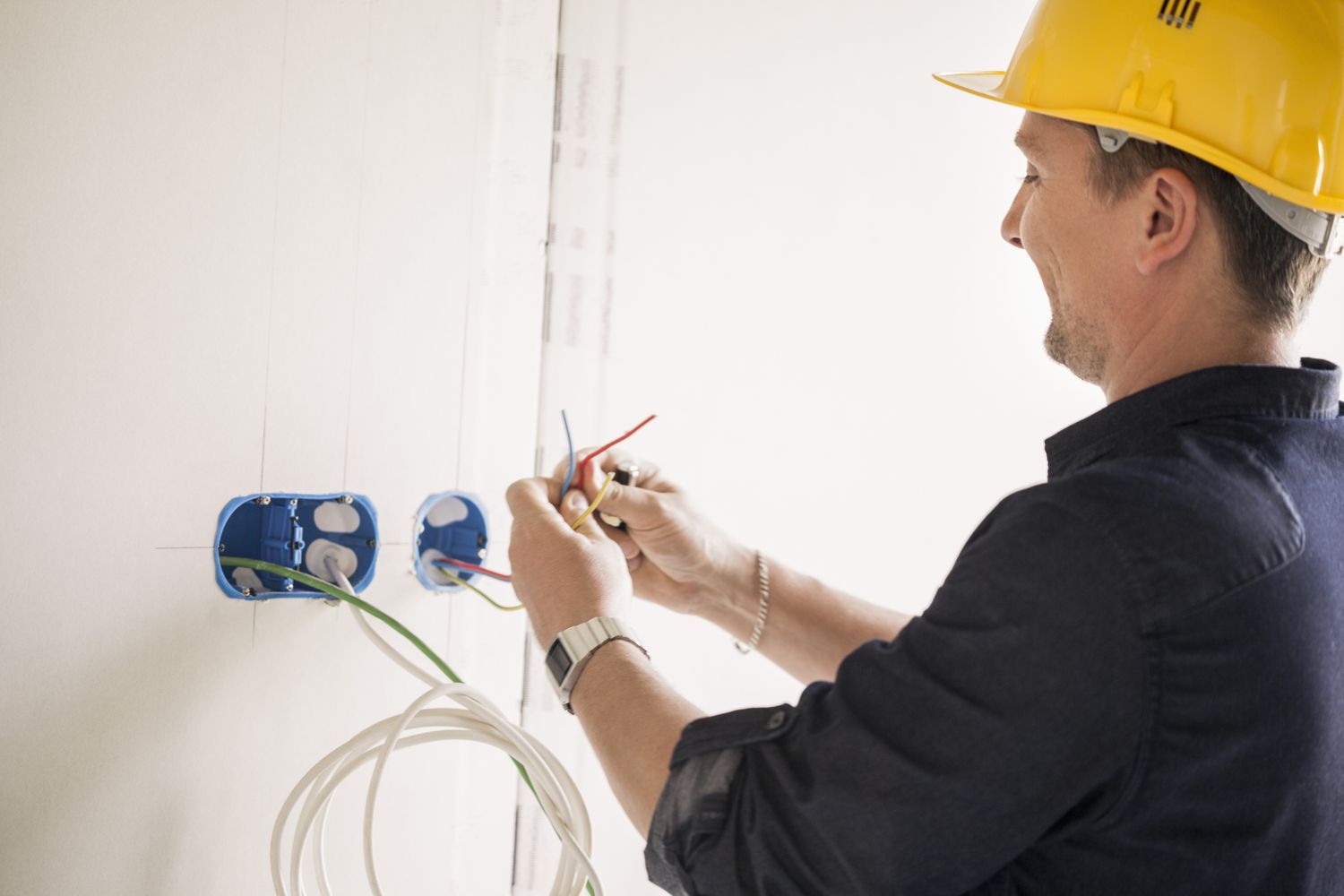
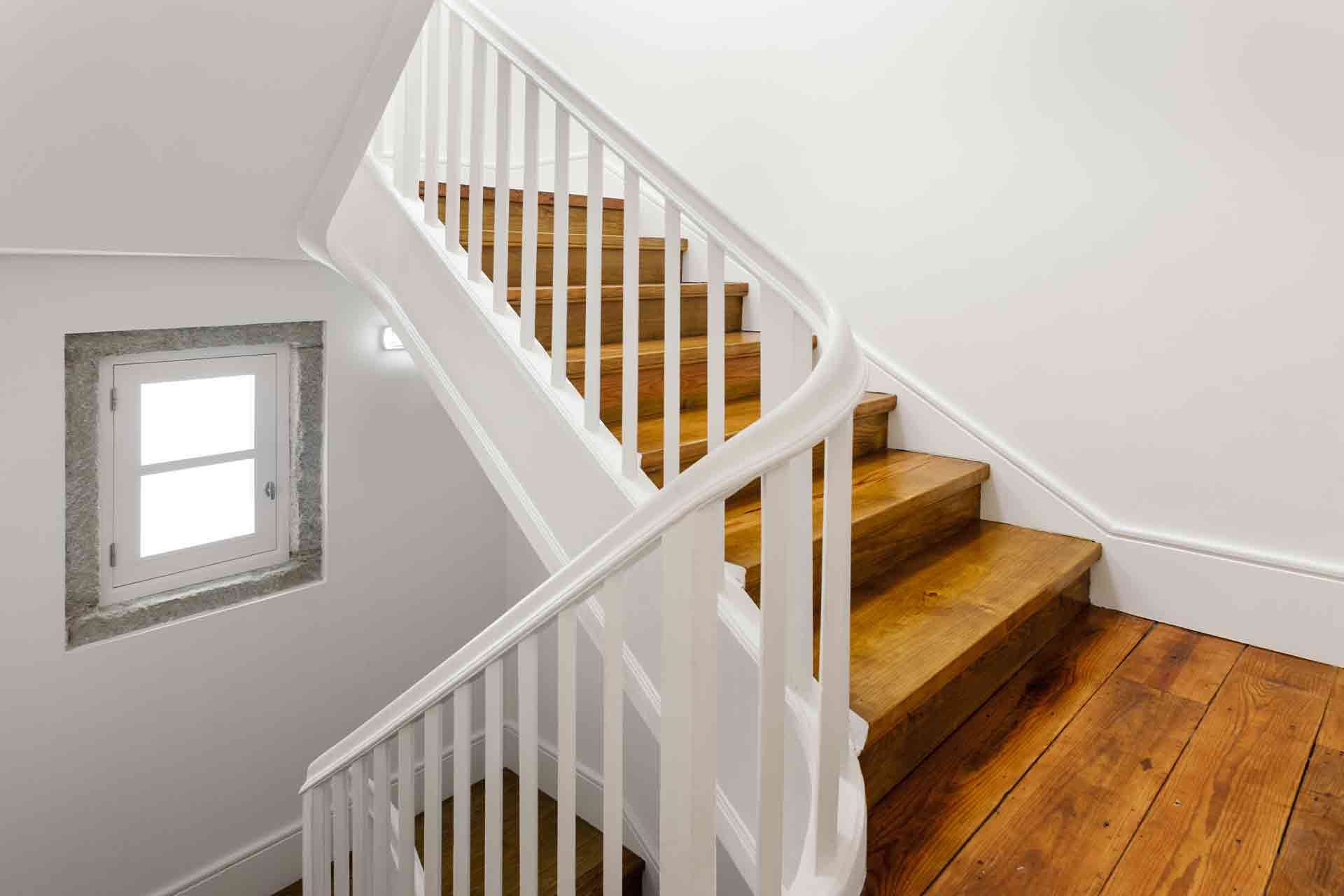
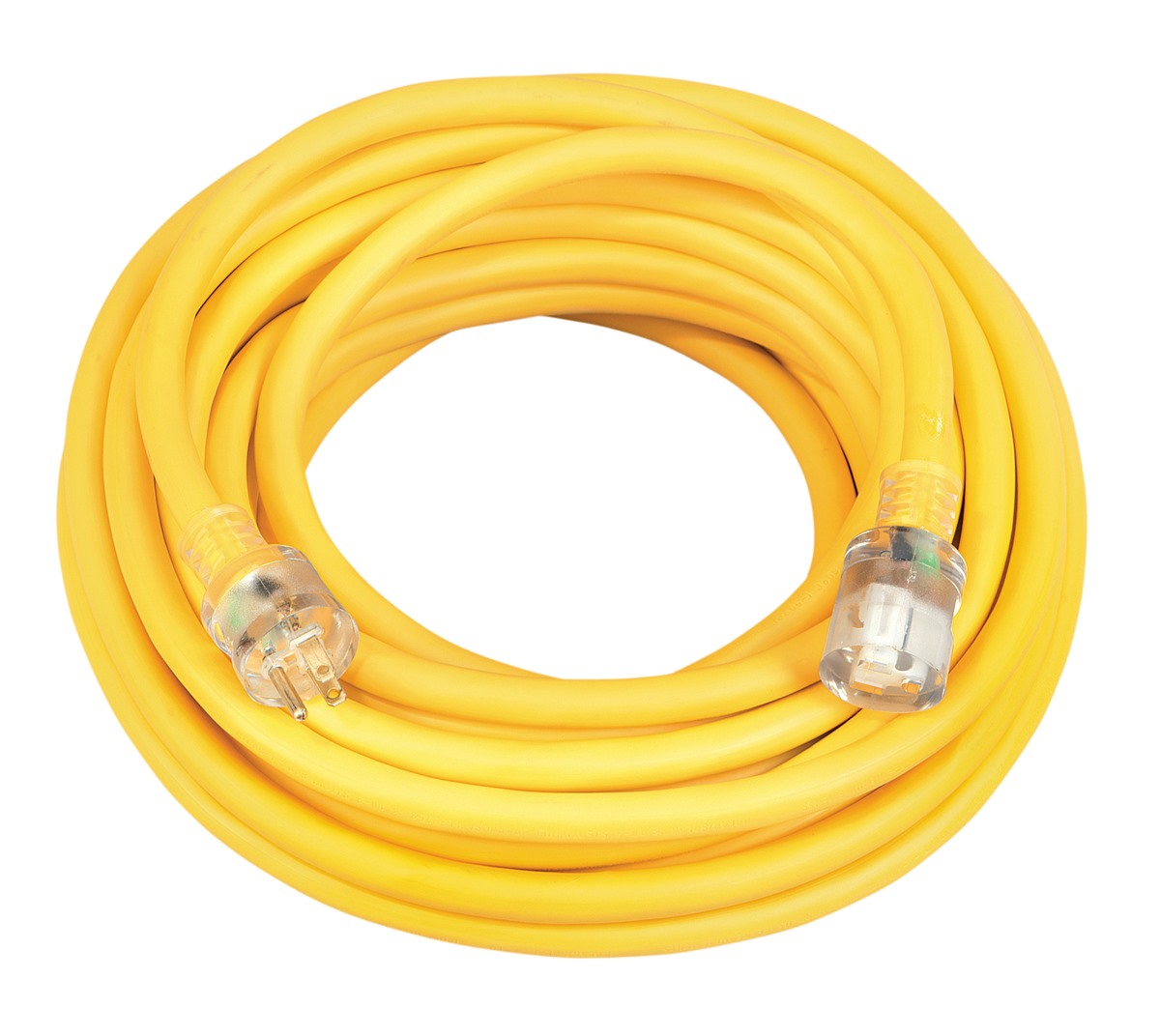
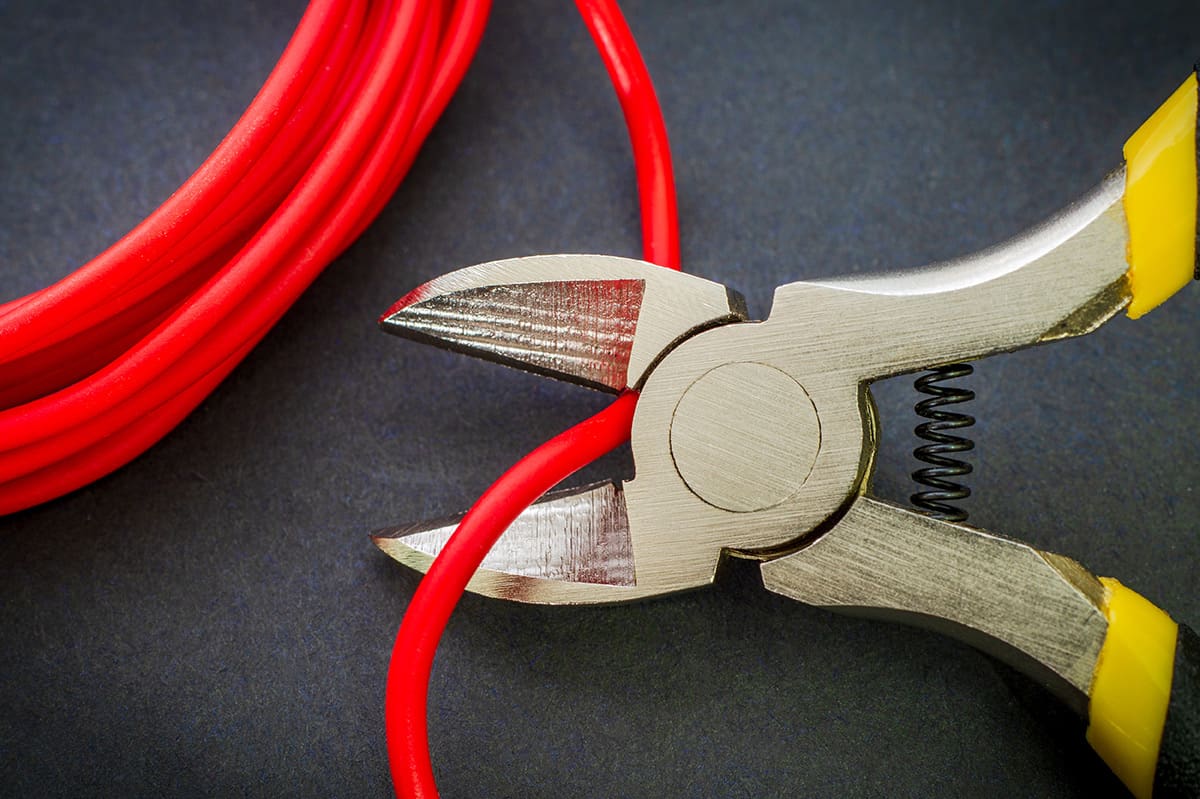
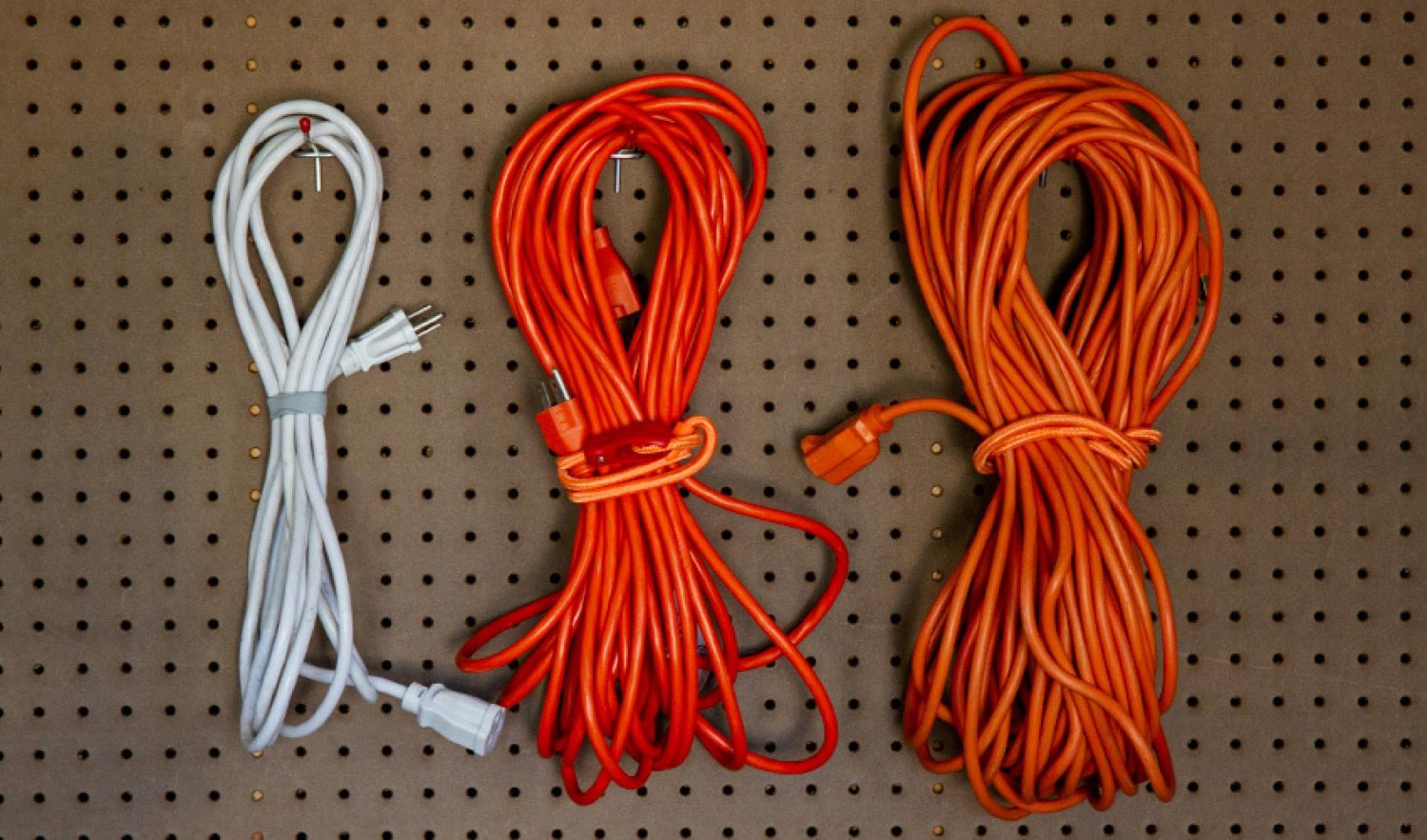

0 thoughts on “Which Side Of Electrical Cord Is Hot”